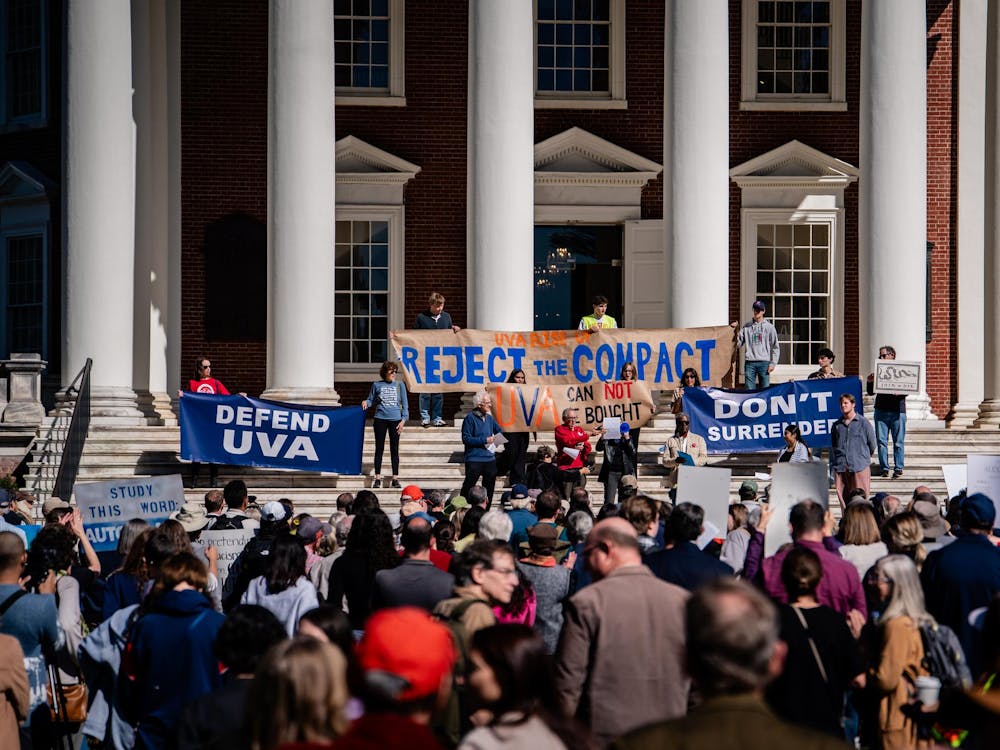IT’S EASY to disparage social media. Facebook can make us feel alienated and detached from our friends just as often as it can connect us to them. Endless scrolling on Tumblr can be a waste of time. And yes, skateboarding dogs and embarrassing “American Idol” auditions act as fodder for hours of mindless amusement on YouTube. I will not deny that social media websites can lead to unproductiveness, but I also see their potential — as have many entrepreneurs, artists, authors and educators during the past decade or so.
I’m excited by the opportunity our generation has to seize the ever-increasing power of digital technology and mold it into whatever we want it to be. We get to define the terms of this revolution, and we can choose to use tools such as YouTube and Twitter to our advantage rather than letting them hinder us. Many brilliant innovators have already realized the capacity of the Internet and social media for initiating change, and I wish I could mention them all. To structure my argument in favor of social media, however, I am going to cite the example of a particular pair of men who call themselves the VlogBrothers. They took to YouTube in early 2007 with a project entitled “Brotherhood 2.0” and went on to build an entire community of intelligent, motivated, funny and kind people who are quite literally changing the world.
First, I’d like to discuss the ability of social media to connect. As I already mentioned, the VlogBrothers started with the project “Brotherhood 2.0”, which was, at its conception, merely a public, video-based conversation between two brothers. John Green, a nationally recognized young adult fiction writer, and his brother Hank made the joint New Year’s resolution in 2006 to eliminate textual conversation from their lives. They wanted to see each other’s faces and hear each other’s voices. So, very early on, their project had already succeeded at facilitating the growth of a relationship, albeit a pre-existing familial one.
Before long, the VlogBrothers’ videos began to garner popular attention. John and Hank started to cater their content to a particular audience, which was comprised largely — although not exclusively — of John’s readers. YouTube acted as a means for young adults to connect to a favorite writer. John often produced “Question Tuesday” videos in which he directly responded to readers’ inquiries. He would also update the Internet viewers about his life, his travels, his latest projects and his opinions. Readers got to have conversations with a famous author on a regular basis and also had the opportunity to interact with other fans and people with similar interests to their own.
But the VlogBrothers did not stop there. They also used YouTube to educate. Many of John’s fans have a reputation for being nerdy and overly enthusiastic, and through “meeting” on the Internet they created a community that thrives on an international scale today. Members call themselves Nerdfighters. Through their YouTube content the VlogBrothers address their fans about religion, historical events, literature, public policy and the structure of government and science, in addition to giving general life advice. But their videos are rarely more than four minutes long. By presenting information through an accessible forum like Youtube, in a nonthreatening, non-professorial and engaging way, John and Hank are encouraging their viewers to open their minds and become better-informed. Ultimately, this strategy will be effective, and viewers will become more educated because it was not a chore for them to do so. Watching vlogs from two regular guys you respect feels like a lot less work than reading The New York Times or The Economist, but the end result is similar: You learn something new; you appreciate a new perspective.
In closing, I’d like to show how social media can be incredibly effective at raising awareness and spurring action. We all know this is true — how many online petitions have we signed, and how many campaign emails have we found in our inboxes? On a larger scale, however, goals can be accomplished through something like the VlogBrothers’ nonprofit Project for Awesome (PFA). Through the PFA, which the VlogBrothers organize annually with the help of the Nerdfighter community, thousands of YouTube users post videos endorsing specific charities. Then, users vote and comment on their favorite videos. The charities featured in the top five videos get to split the money that is raised. People are encouraged to donate in return for special offers, and donors are entertained throughout the event with a live-streaming show featuring John, Hank and a multitude of their celebrity friends.
The way we communicate with each other is changing. But I would contend that this change can be an amazing development if we embrace it in the right way. Twitter can be used to condense and disseminate news more quickly. Facebook can be used for networking. Tumblr and other blogging sites can help us be creative and share our thoughts with a larger audience. I have a lot of faith in social media, and people like the VlogBrothers can act as our model as we attempt to navigate the waters of this technological tsunami.
Ashley Spinks’ column appears Mondays in The Cavalier Daily. She can be reached at a.spinks@cavalierdaily.com.






